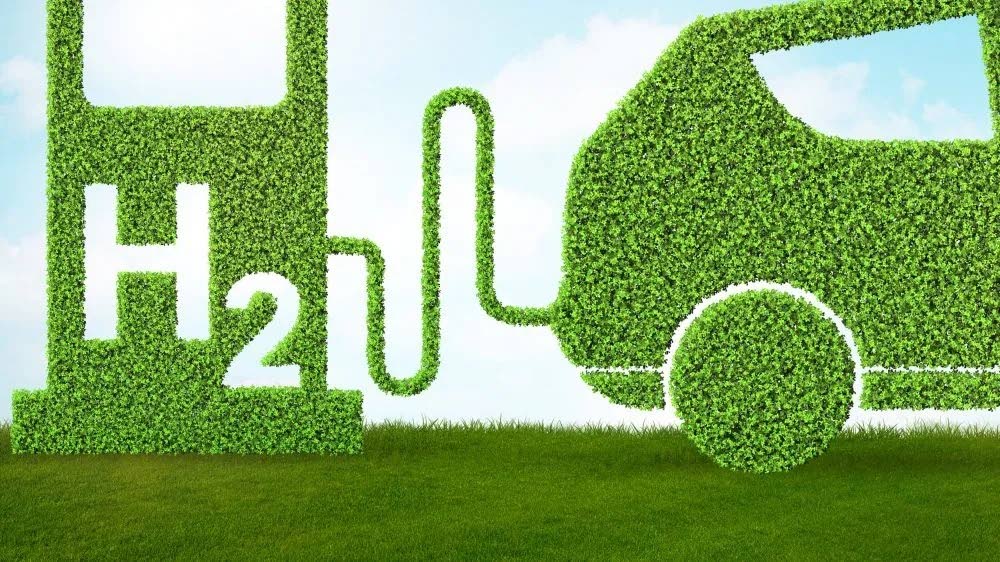Promise of green hydrogen

The Inter-American Development Bank (IDB) continues to encourage more local action on renewable energy initiatives.
A delegation encouraging the development of green hydrogen economy met with Energy Minister Stuart Young on July 26.
Capturing hydrogen molecules to create an energy source commonly takes one of three forms.
Grey hydrogen, the most common of hydrogen production, is a by-product of natural gas capture and transmission. This system does not capture associated carbon gases, which are released into the atmosphere.
Blue hydrogen is also captured from natural gas, but the system captures and stores some carbon gases.
Green hydrogen is made using electricity from renewable energy sources, which splits hydrogen from oxygen through electrolysis. It's a pollution-free way to store surplus energy from renewable energy sources.
Because hydrogen molecules really want to bond with oxygen molecules to create water, a fuel cell uses this reaction to generate electricity.
Of all these hydrogen creation methods, only green hydrogen capture is truly carbon-free, but as with most new renewable energy sources, the cost of production is high compared to systems that create carbon molecules as a by-product.
As admirable as the IDB's ambitions may be, TT remains comfortable using its resources of fossil fuels, and leans heavily on them to keep the cost of electricity generation low.
This country's record in realising its stated ambitions to embrace renewable energy remains poor, with a preference to host meetings and announce plans while demonstrating little evidence of any actual commitment to renewable energy concepts.
The failure of compressed natural gas (CNG) to displace dirtier fossil fuels in vehicles and the lack of a cohesive plan to support wider adoption of electric vehicles are just two hallmarks of the national addiction to cheap diesel and gasoline.
The example of CNG is instructive, because many challenges faced in converting vehicles and other systems to use the alternative fuel will also recur when using hydrogen as a source of stored energy.
To be useful, hydrogen – which is extremely flammable – must be stored in secure tanks at more than twice the pressure in a CNG cylinder. A fuel cell stack turns this stored hydrogen into electricity and produces water as a by-product.
How will the IDB move this project forward when other, more straightforward technologies have faltered?
For now, the government has only committed to a Green Hydrogen Roadmap, the lowest possible hanging fruit.
CNG only became a reality because the National Gas Company pushed the pilot project forward.
It isn't clear which public or private-sector agency will have the foresight and incentive to push green hydrogen forward, but renewable energy is coming.
TT should be ready for it.

Comments
"Promise of green hydrogen"